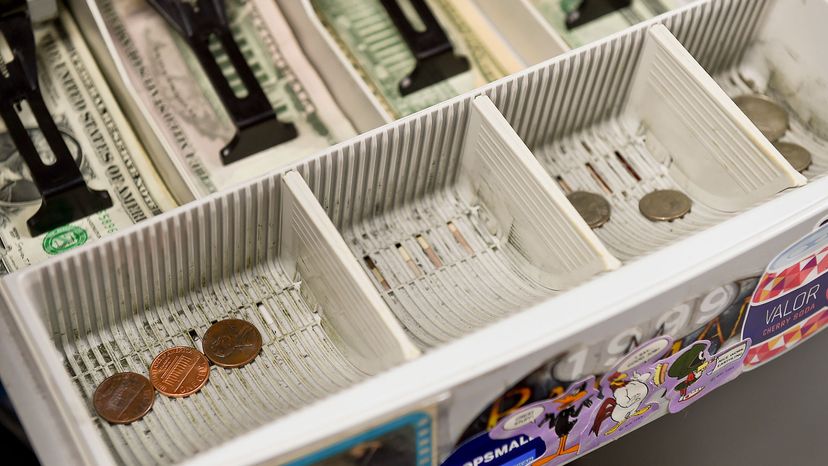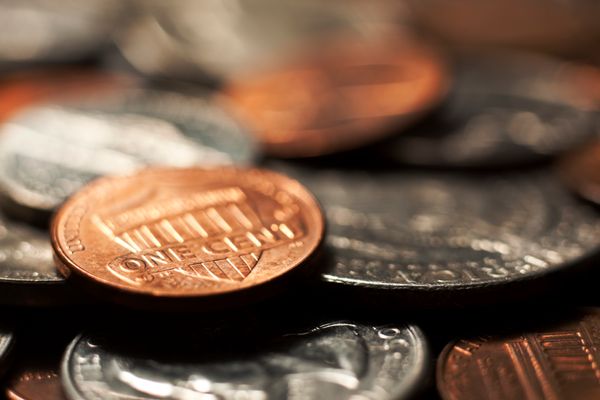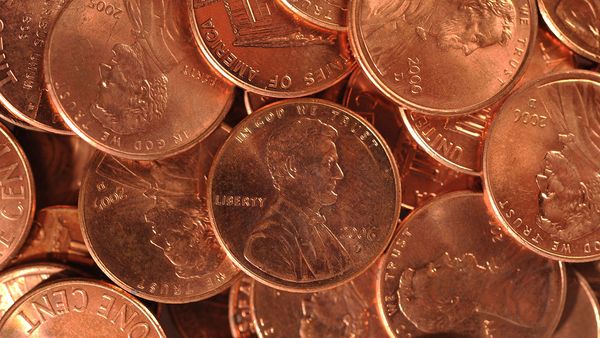The U.S. Mint dramatically ramped up coin production, outpacing its usual 1 billion coins a month with 1.59 billion coins in June and higher-than-normal volume throughout the rest of 2020, according to CoinNews.net.
The Federal Reserve announced in June that it was rationing out its coin inventory by sending banks and credit unions smaller-than-normal coin shipments based on historical demand.
The Fed also convened an emergency U.S. Coin Task Force in July composed of government and industry leaders, including banks and armored car companies. One of the task force's early accomplishments was to create the hashtag #getcoinmoving, which banks and credit unions plastered across Twitter to encourage people to cash in their piggy banks to get more coins back in circulation.
Some banks even took matters into their own hands. Valliance Bank in Oklahoma City launched a coin drive among its customers, awarding free lunches to the branches and customers that collected the most coins.
By the close of 2020, the U.S. Mint's two facilities in Denver and Philadelphia had stamped out 26 percent more coins than the previous year, according to American Banker. As a result of increased coin production, plus a gradual reopening of the economy in most states, the coin shortage appeared to mostly over by January 2021 with banks able to fill coin orders for grocery stores, laundromats and other coin-heavy businesses.



